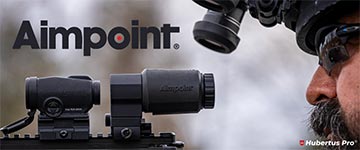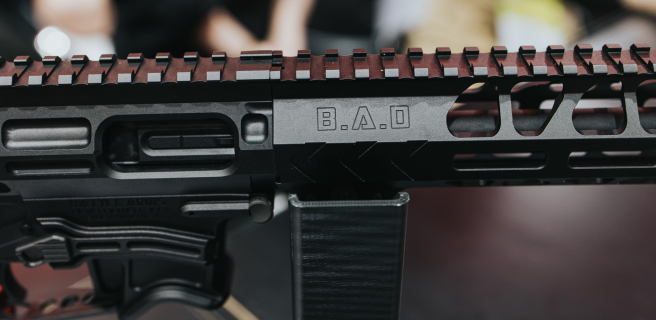The innovative Hop-Up system

A unique feature of the GTP 9 is the design and method of the Hop-Up system adjustment. Here, we carry out the adjustment using the dedicated key stored in the grip. What's interesting, place the key in the end of the barrel and turn it clockwise or counterclockwise. Looking from the side of the muzzle, by turning the key clockwise we reduce the effectiveness of Hop-Up. Turning it in the opposite direction increase the effect.

Do not worry, this adjustment method does not turn the inner barrel inside the Hop-Up chamber. The key has no contact with the inner barrel at all. Its rotation, however, move the barrel along its axis, forward and back, which results in a greater or smaller pressure of a steel ball, which acts as a spacer, and changes the amount of pressure imposed on BBs fired. The solution is unconventional but precise and works without any problems.

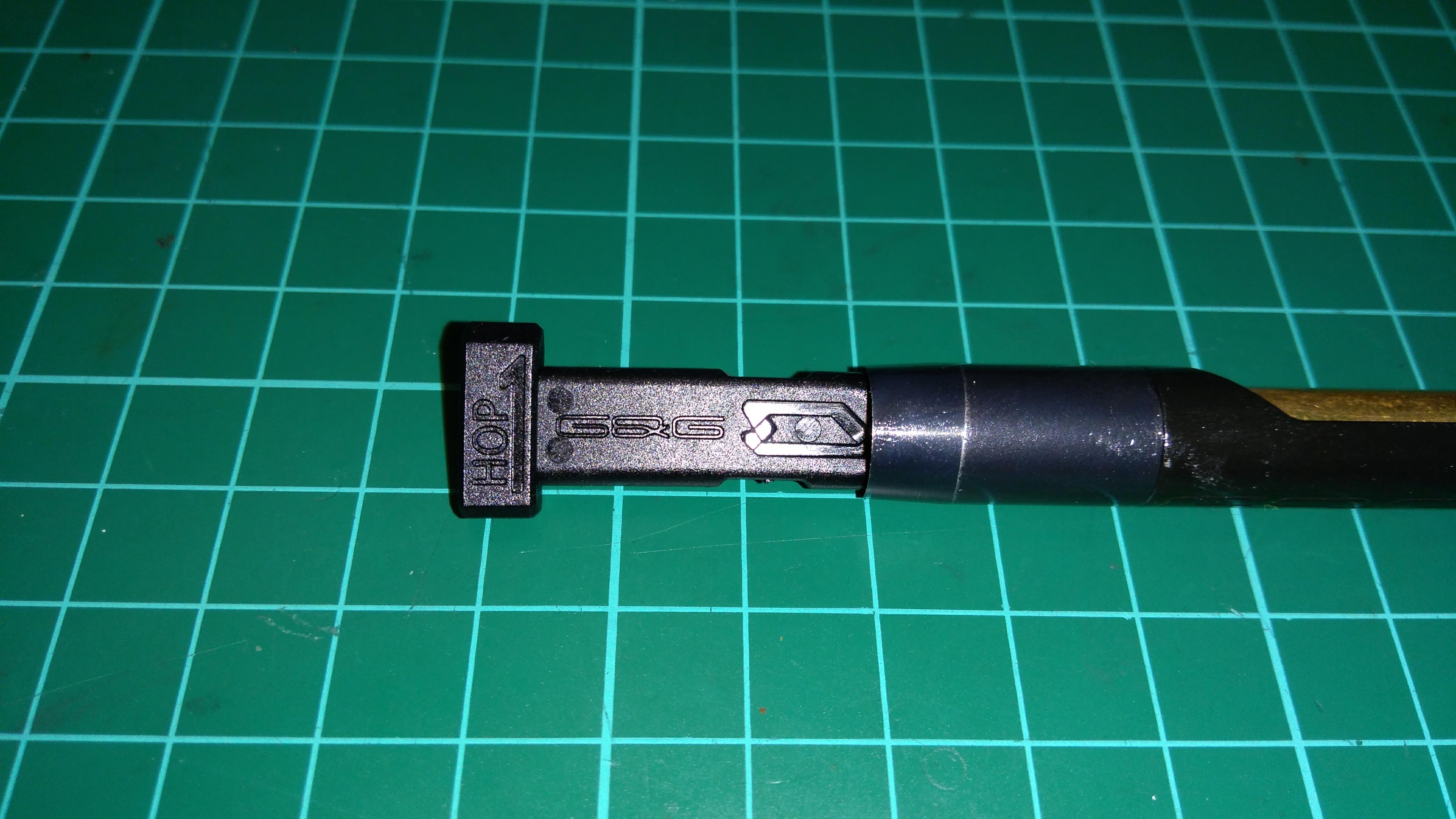
The is the Hop-Up system schematic:
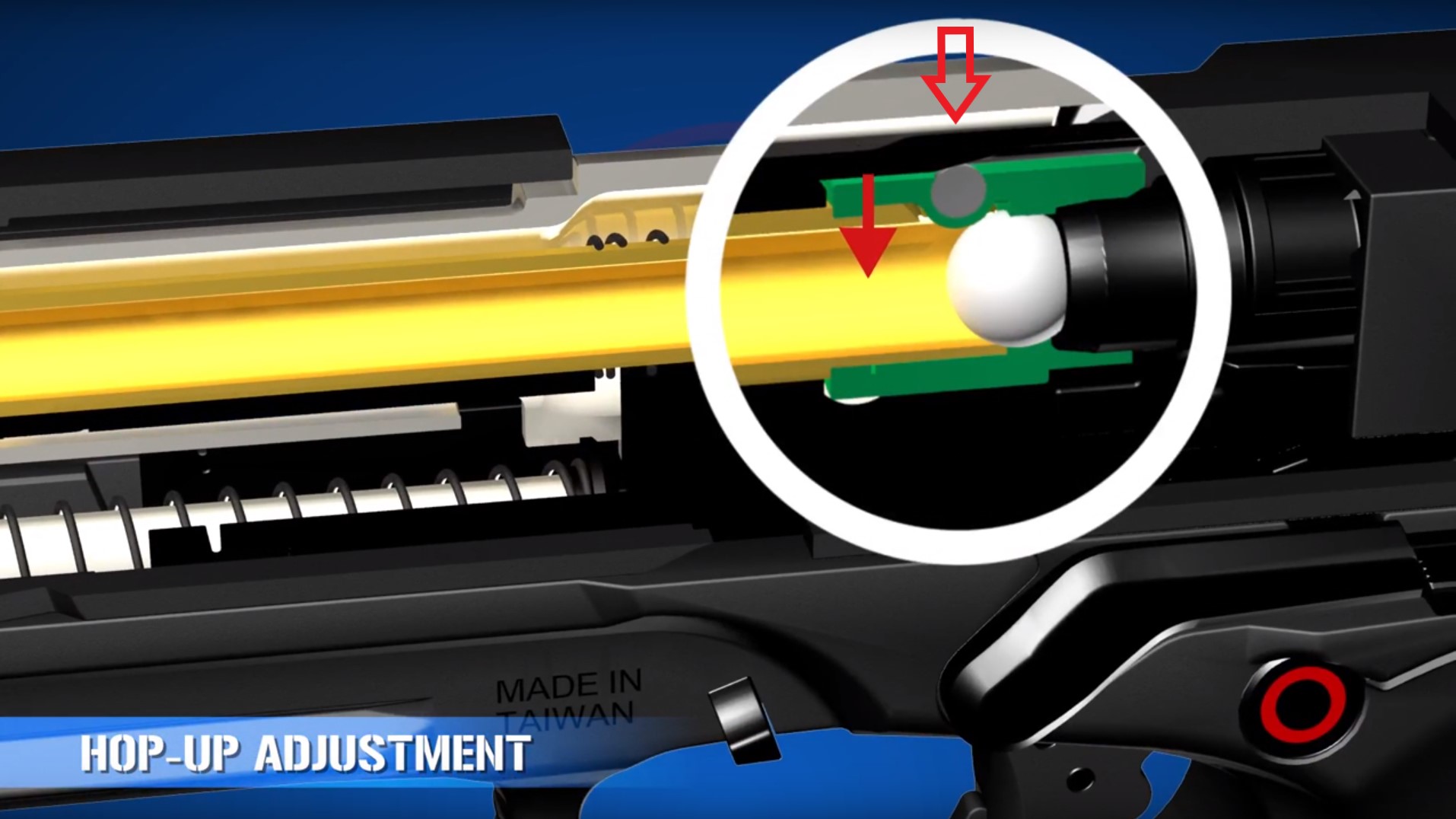
The sensitive place is indicated by the arrow placed in the above picture. Turning the key causes the barrel to move, together with the bucking, in relation to the chamber. The spacer is in contact with the sloped surface of the chamber. Turning the key to the left (counterclockwise) moves the barrel back and enacts greater pressure of the spacer on the bucking. Thus, it increases the reverse spin of the BBs. Turning the key in the opposite direction (clockwise) moves the barrel forward, so that the bucking pushes the spacer up and the BBs are under less pressure.


The bucking itself is made from a material resembling one used from making green G&G AEG buckings.

The cylinder and the spinning valve
The GTP 9 has been fitted with a cylinder "rotating valve", a feature used also in other G & G replicas. Made of a ceramic material, the valve is light and its rotation limits frosting in low temperatures and thus improves the work of the entire system.
The valve is this white propeller:

Another noteworthy feature is the cylinder head made of green rubber, which allows us to believe that the gun will work flawlessly also at lower temperatures.

Finally, a few photos of the other parts of the mechanism.



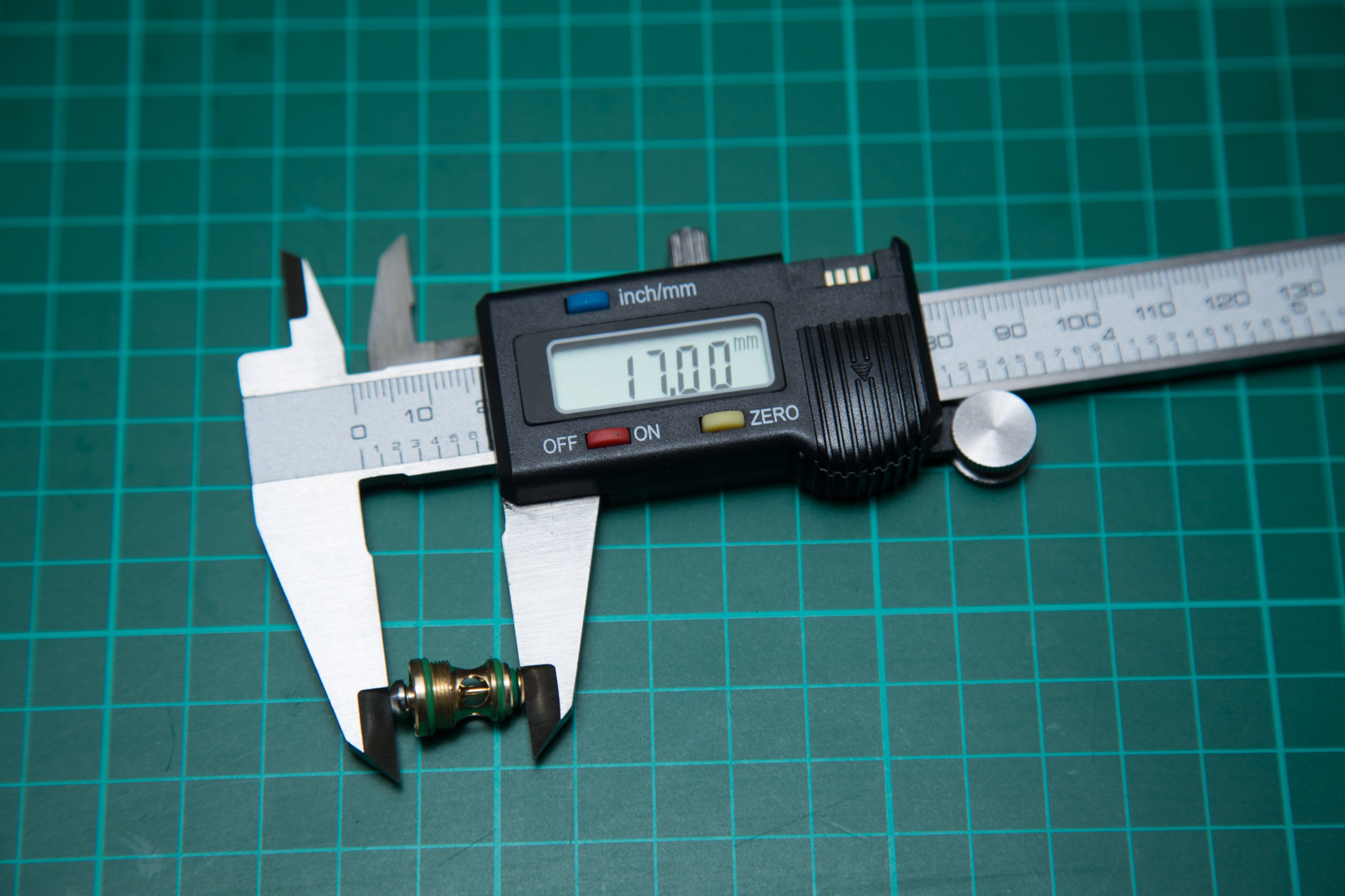




On the next page - muzzle velocity measurement, target shooting test and the summary.


